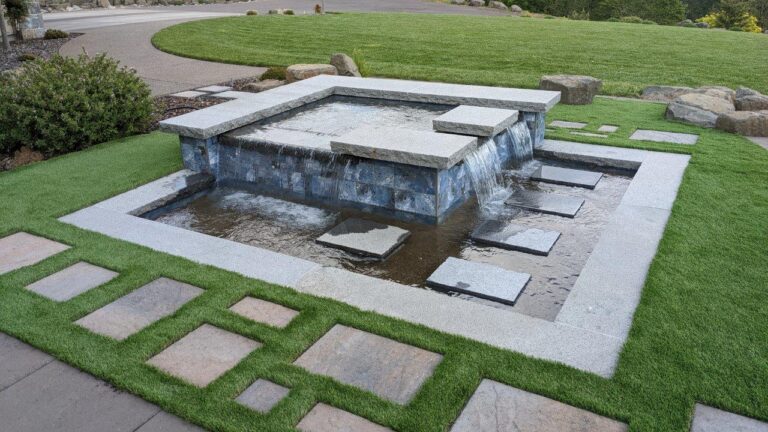
When it comes to landscaping, the old adage “measure twice, cut once” holds true, but in the world of outdoor design, it’s more about planning than measuring. Landscaping your yard or outdoor space is an exciting project, but it requires careful thought and strategic planning. To help you create a beautiful and functional outdoor space, we’ve compiled 7 essential tips for planning your landscaping project. Let’s dive into the details of why these tips are important and explore different approaches to implementing them.
Before you start sketching out your dream landscape, take the time to assess your existing space. Understand the topography, soil quality, and any natural features you’d like to incorporate into your design. This initial analysis will provide you with invaluable information, helping you make informed decisions throughout the project.
Approach: Consider hiring a professional landscape designer to conduct a site analysis. Their expertise can reveal hidden opportunities and constraints you might not notice on your own.
Landscaping projects can have various purposes, whether it’s creating a serene retreat, a vibrant garden, or a play area for kids. Defining your goals is essential because they will guide the entire design process. This clarity ensures that your project aligns with your vision and functional needs.
Approach: Discuss your goals with your household members and consider how you want to use your outdoor space. Are you aiming for relaxation, entertainment, or functionality? This shared vision will keep everyone on the same page.
Gather inspiration from various sources such as landscaping books, magazines, websites, and even your neighbor’s garden. Explore platforms like Pinterest and social media for a plethora of design ideas. The more sources you tap into, the more diverse and unique your final design will be.
Approach: Create a mood board by collecting images, articles, and ideas from different sources. This visual representation will help you identify recurring themes and elements you love.
Once you have a clear vision, create a detailed landscape plan or sketch. Include elements like pathways, seating areas, plant beds, and focal points. A well-thought-out plan will serve as a roadmap for your project, ensuring that every aspect of your design is considered.
Approach: You can use professional design software or engage a landscape architect to create a comprehensive plan. Alternatively, DIY enthusiasts can use online garden planning tools to get started.
The success of your landscaping project depends on choosing plants that thrive in your local climate and soil type. Make sure to account for sunlight conditions in your yard when selecting plants, as this will affect their growth and overall health.
Approach: Consult with local nurseries or garden centers for advice on the best plant choices. They can recommend native and adapted species that will thrive in your specific conditions.
Water management is often overlooked in landscaping projects, but it’s crucial to prevent water damage and ensure the health of your plants. Proper drainage and irrigation systems will help maintain a lush, vibrant landscape.
Approach: Consult with a landscaping or irrigation specialist to design an efficient system. Incorporating rain barrels, drip irrigation, or smart irrigation controllers can save water and reduce your environmental footprint.
Consider how your landscape design impacts the views from inside your home. The visual connection between your indoor and outdoor spaces can enhance the overall aesthetics of your property. Strategically placing plants and features can frame stunning focal points.
Approach: Take photographs from different windows in your home to understand the existing views. Identify areas where you’d like to introduce focal points or enhance existing ones.
Always ensure that you’re in compliance with local regulations and obtain any necessary permits before starting your landscaping project. Ignoring this step can lead to costly legal issues. Additionally, consider enlisting local landscaping professionals for complex design components. Their expertise can make a significant difference in the outcome of your project.
In summary, a successful landscaping project begins with thoughtful planning. These tips will help you make the most of your outdoor space, create a harmonious design, and ensure the long-term health of your landscape. By considering your local conditions, seeking inspiration from various sources, and involving professionals when necessary, you’ll be well on your way to transforming your outdoor space into a beautiful and functional oasis. Happy landscaping!
This article’s outline was AI-generated, serving as a foundation for human authorship. The content has been curated and edited by a human author, and any inaccuracies or errors are the author’s responsibility. Readers are encouraged to contribute their insights to enhance the content.